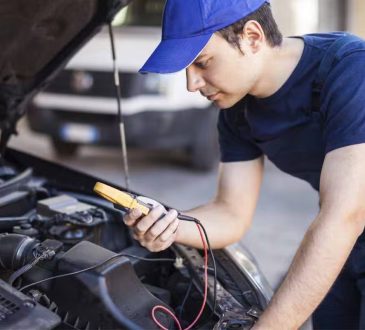
Trunk drainage channels are small but essential parts of your vehicle’s design that help keep the trunk dry by directing water away from the trunk compartment. These channels are typically located around the edges of the trunk opening and connected to drain holes or tubes that allow rainwater, car wash water, and condensation to flow out safely. When functioning properly, they prevent water from pooling inside the trunk, protecting the interior and the structural metal from moisture damage.
How Blockages Occur and Their Effects
Drainage channels can become blocked over time due to the accumulation of dirt, leaves, twigs, and other debris. If these channels are clogged, water cannot escape and starts to accumulate, often leading to leaks into the trunk space. Water buildup causes not only unpleasant odors but also creates ideal conditions for rust, mold, and corrosion. This moisture can damage the trunk lining, spare tire, and any items stored inside. Ignoring clogged drainage channels can result in costly repairs down the line. As you hire the European Auto Repair in Nova Scotia, Canada based service, you can be sure of the results.
Signs Your Drainage Channels Might Be Blocked
There are several signs that can indicate drainage problems in your trunk. One of the most obvious is water pooling inside the trunk or a musty, moldy smell. You might also notice dampness or water stains on the trunk floor or lining. Another symptom is a persistent leak after rain or washing your car. If you feel the trunk lid is heavier than usual or observe corrosion starting near the seams or edges, it’s a good idea to inspect the drainage channels for blockages.
How to Inspect and Clean Trunk Drainage Channels
Inspecting the drainage channels is a straightforward process that requires minimal tools. Start by opening the trunk and locating the channels around the trunk’s perimeter. Remove any visible debris by hand or with a soft brush. For deeper blockages, use compressed air or a flexible wire to clear the drain holes carefully without damaging the components. Rinse the channels with water to ensure they flow freely. Regularly cleaning these drainage points, especially during autumn when leaves fall, helps maintain proper drainage and prevent water accumulation.
Preventative Maintenance for Long-Term Protection
Regularly checking and cleaning your trunk drainage channels is an easy but vital part of vehicle maintenance. Consider inspecting these areas during your routine car washes or seasonal vehicle checks. Installing protective mesh or screens over drain holes can help reduce debris buildup. Additionally, repairing worn weather seals and trunk gaskets will help keep water out of the trunk. Taking these preventative steps ensures your trunk stays dry, your cargo safe, and your vehicle protected from costly water damage.
By paying attention to your car’s trunk drainage system and keeping it clear, you help maintain the trunk’s condition and extend the overall lifespan of your vehicle.




